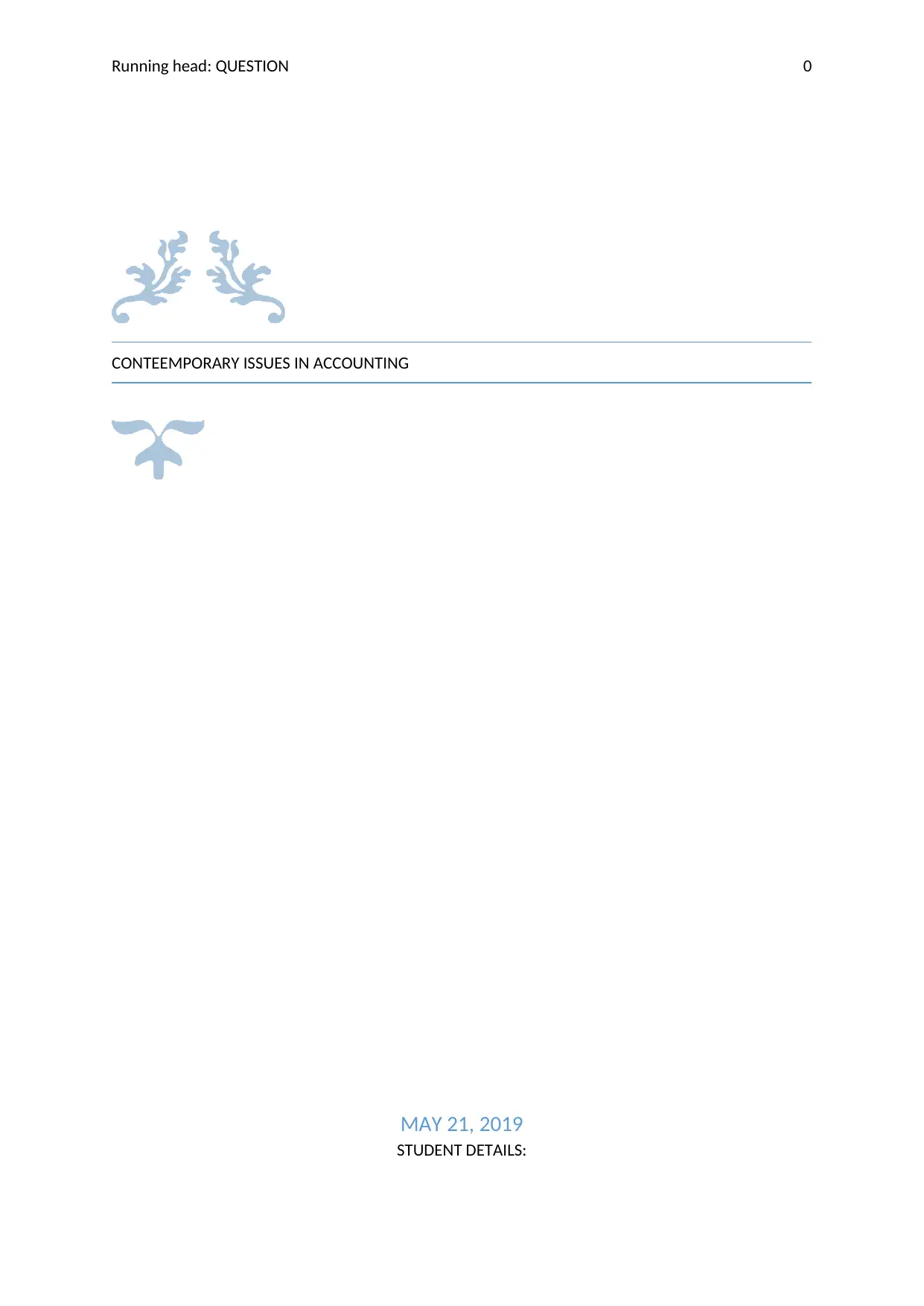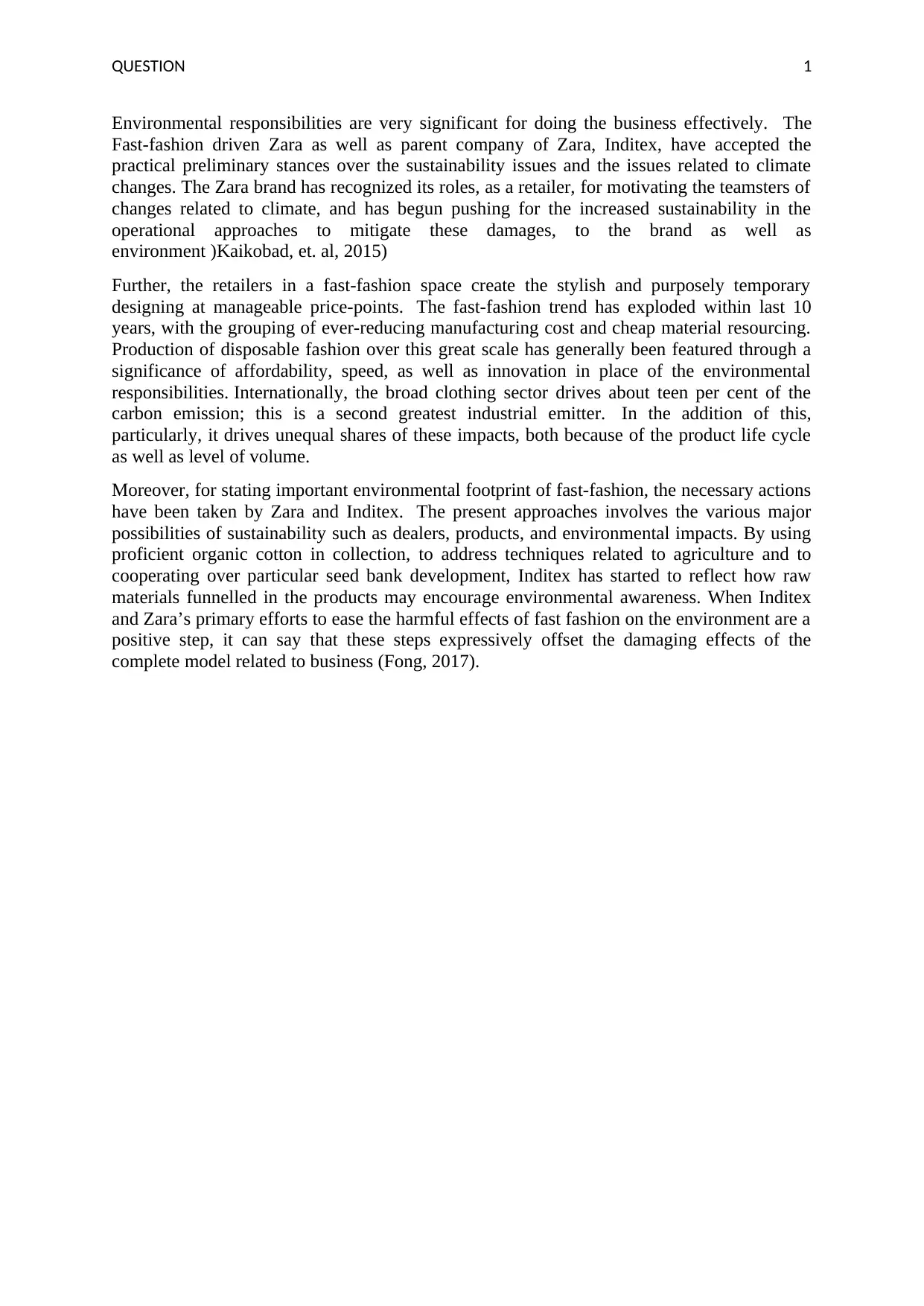Zara and Inditex: Addressing Sustainability in Fast Fashion Report
VerifiedAdded on 2022/11/15
|3
|437
|91
Report
AI Summary
This report examines the sustainability efforts of Zara and its parent company, Inditex, within the fast-fashion industry. It highlights the environmental impact of fast fashion, including carbon emissions and the use of resources, and details the steps Zara and Inditex have taken to address these issues. The report explores the company's initiatives related to suppliers, products, and environmental impacts, such as using organic cotton and developing sustainable agricultural techniques. While acknowledging these efforts as a positive step, the report also notes that the overall business model of fast fashion continues to create significant environmental challenges. The report references relevant academic sources to support its analysis of the subject.
1 out of 3










![[object Object]](/_next/static/media/star-bottom.7253800d.svg)